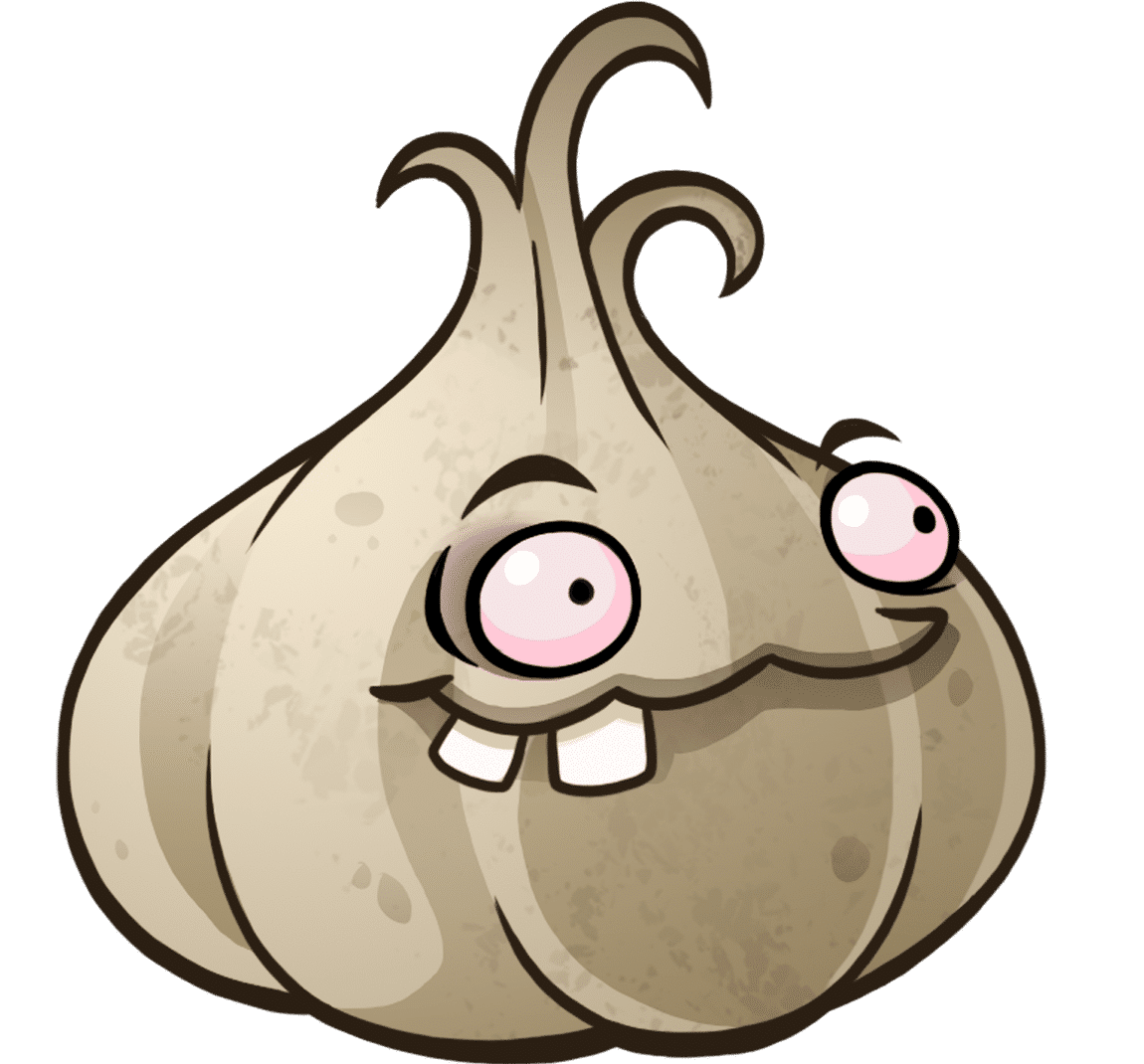题目:
Design your implementation of the circular queue. The circular queue is a linear data structure in which the operations are performed based on FIFO (First In First Out) principle and the last position is connected back to the first position to make a circle. It is also called “Ring Buffer”.
One of the benefits of the circular queue is that we can make use of the spaces in front of the queue. In a normal queue, once the queue becomes full, we cannot insert the next element even if there is a space in front of the queue. But using the circular queue, we can use the space to store new values.
Your implementation should support following operations:
MyCircularQueue(k): Constructor, set the size of the queue to be k.Front: Get the front item from the queue. If the queue is empty, return -1.Rear: Get the last item from the queue. If the queue is empty, return -1.enQueue(value): Insert an element into the circular queue. Return true if the operation is successful.deQueue(): Delete an element from the circular queue. Return true if the operation is successful.isEmpty(): Checks whether the circular queue is empty or not.isFull(): Checks whether the circular queue is full or not.
Example:
MyCircularQueue circularQueue = new MyCircularQueue(3); // set the size to be 3 circularQueue.enQueue(1); // return true circularQueue.enQueue(2); // return true circularQueue.enQueue(3); // return true circularQueue.enQueue(4); // return false, the queue is full circularQueue.Rear(); // return 3 circularQueue.isFull(); // return true circularQueue.deQueue(); // return true circularQueue.enQueue(4); // return true circularQueue.Rear(); // return 4
Note:
- All values will be in the range of [0, 1000].
- The number of operations will be in the range of [1, 1000].
- Please do not use the built-in Queue library.
解题:
1. 创建结构体包含head,tail指针, cnt队列的数量;
( 开始的时候没有增加这个变量, 通过tail与head来判断处理起来比较复杂);
2. head设置为0, tail设置为-1, 后续的队列操作时将head 与 tail 与size取余数实现下标的循环。
实现:
typedef struct {
int *value;
int head;
int tail;
int size;
int cnt;
} MyCircularQueue;
bool myCircularQueueIsEmpty(MyCircularQueue* obj) ;
bool myCircularQueueIsFull(MyCircularQueue* obj);
/** Initialize your data structure here. Set the size of the queue to be k. */
MyCircularQueue* myCircularQueueCreate(int k) {
MyCircularQueue* obj;
if (k == 0){
return NULL;
}
obj = (MyCircularQueue*)malloc(sizeof(MyCircularQueue));
obj->value = (int*)malloc(sizeof(int)*k);
obj->size=k;
obj->head=0;
obj->tail=-1;
obj->cnt=0;
return obj;
}
/** Insert an element into the circular queue. Return true if the operation is successful. */
bool myCircularQueueEnQueue(MyCircularQueue* obj, int value) {
if (!myCircularQueueIsFull(obj)){
obj->tail = (obj->tail+1) % obj->size;
obj->value[obj->tail]= value;
obj->cnt += 1;
return true;
}
else{
return false;
}
}
/** Delete an element from the circular queue. Return true if the operation is successful. */
bool myCircularQueueDeQueue(MyCircularQueue* obj) {
if (myCircularQueueIsEmpty(obj)){
return false;
}
else {
obj->head = (obj->head+1) % obj->size;
obj->cnt -= 1;
return true;
}
}
/** Get the front item from the queue. */
int myCircularQueueFront(MyCircularQueue* obj) {
if (!myCircularQueueIsEmpty(obj)){
return obj->value[obj->head];
}
else {
return -1;
}
}
/** Get the last item from the queue. */
int myCircularQueueRear(MyCircularQueue* obj) {
if (!myCircularQueueIsEmpty(obj)){
return obj->value[obj->tail];
}else{
return -1;
}
}
/** Checks whether the circular queue is empty or not. */
bool myCircularQueueIsEmpty(MyCircularQueue* obj) {
if (obj == NULL){
return false;
}
if (obj->cnt == 0){
return true;
}
else{
return false;
}
}
/** Checks whether the circular queue is full or not. */
bool myCircularQueueIsFull(MyCircularQueue* obj) {
if (obj->cnt == obj->size ){
return true;
}
else{
return false;
}
}
void myCircularQueueFree(MyCircularQueue* obj) {
free(obj->value);
free(obj);
}
/**
* Your MyCircularQueue struct will be instantiated and called as such:
* MyCircularQueue* obj = myCircularQueueCreate(k);
* bool param_1 = myCircularQueueEnQueue(obj, value);
* bool param_2 = myCircularQueueDeQueue(obj);
* int param_3 = myCircularQueueFront(obj);
* int param_4 = myCircularQueueRear(obj);
* bool param_5 = myCircularQueueIsEmpty(obj);
* bool param_6 = myCircularQueueIsFull(obj);
* myCircularQueueFree(obj);
*/
Runtime: 24 ms
Memory Usage: 13.9 MB

Be First to Comment